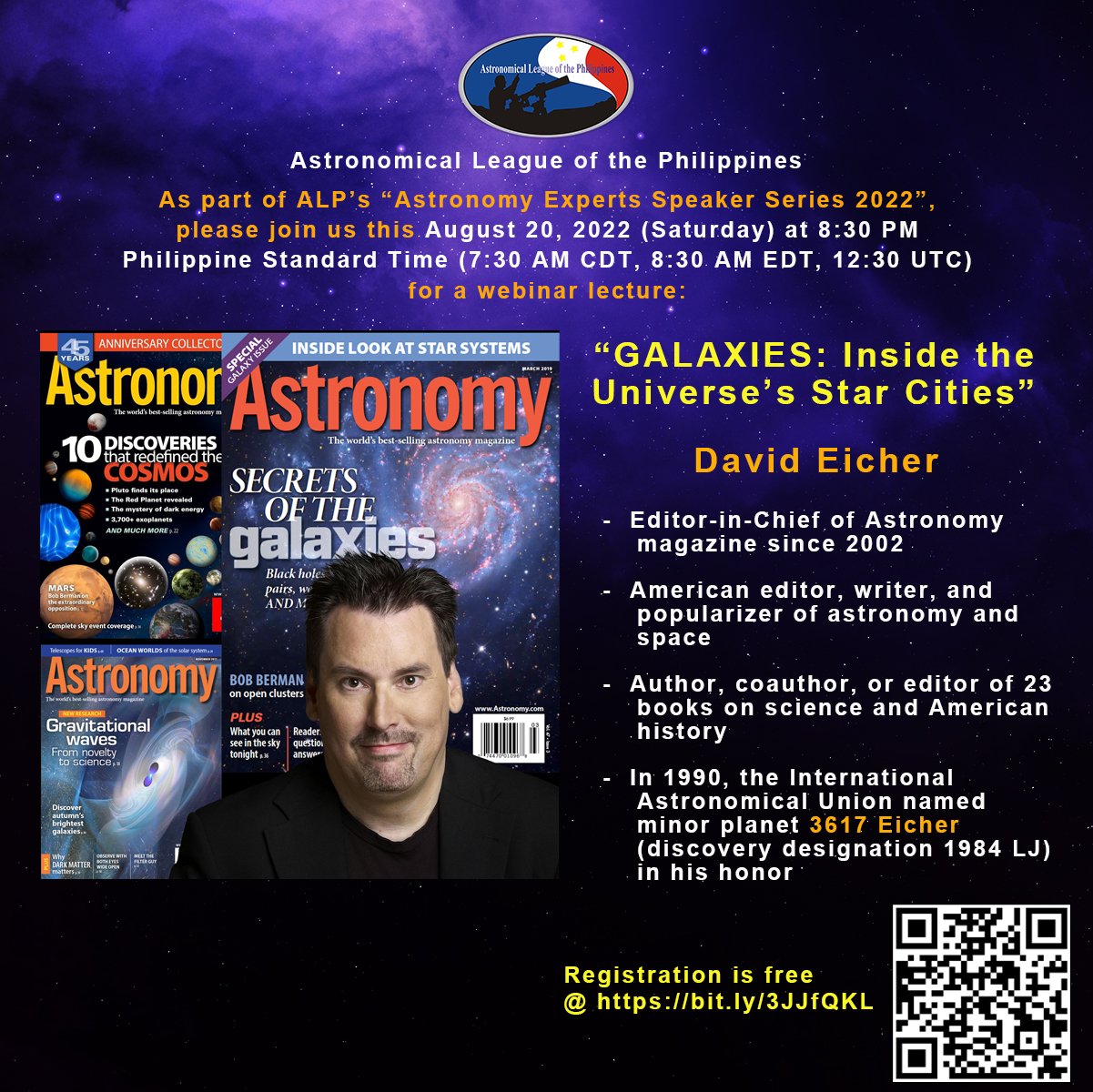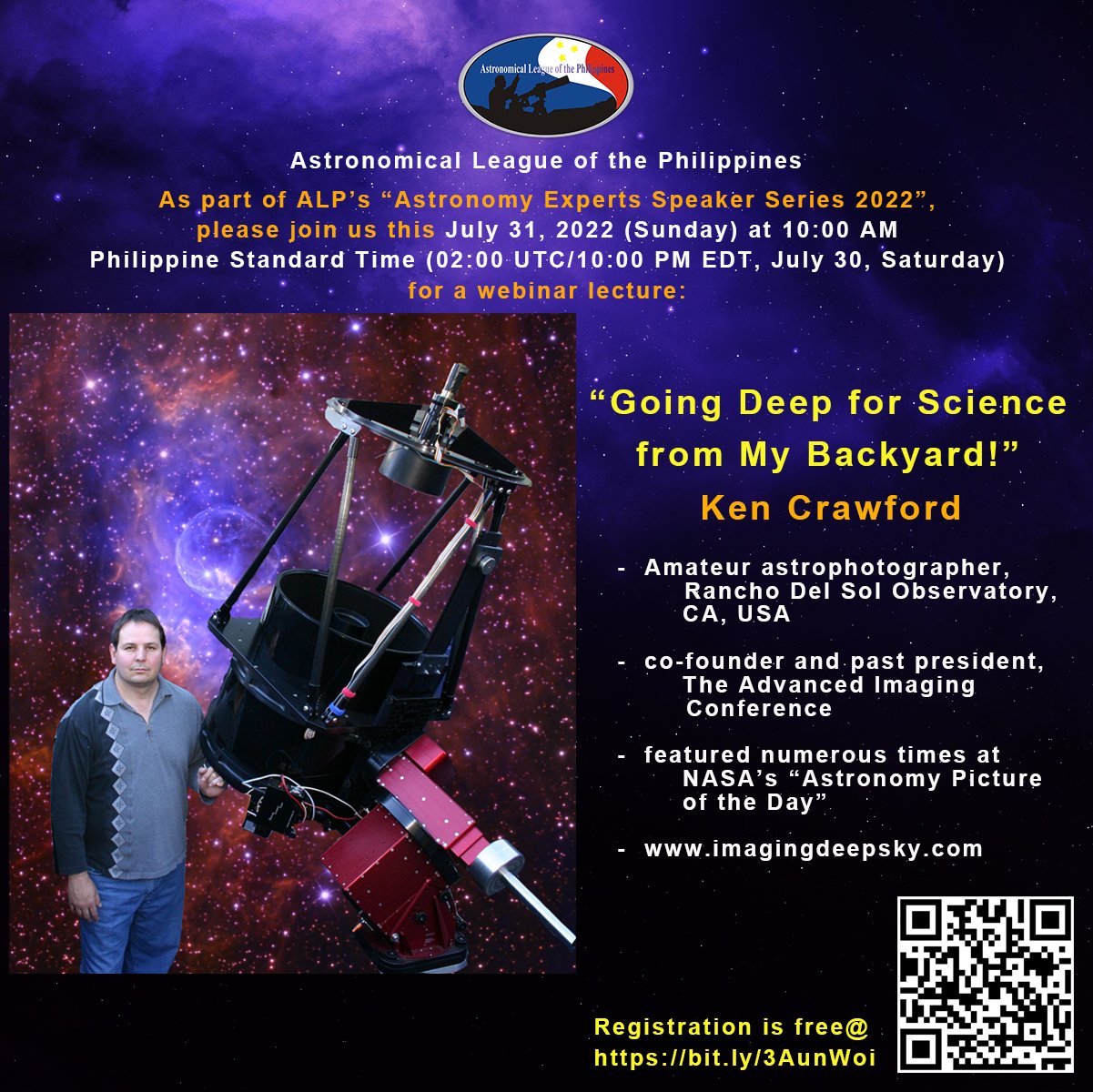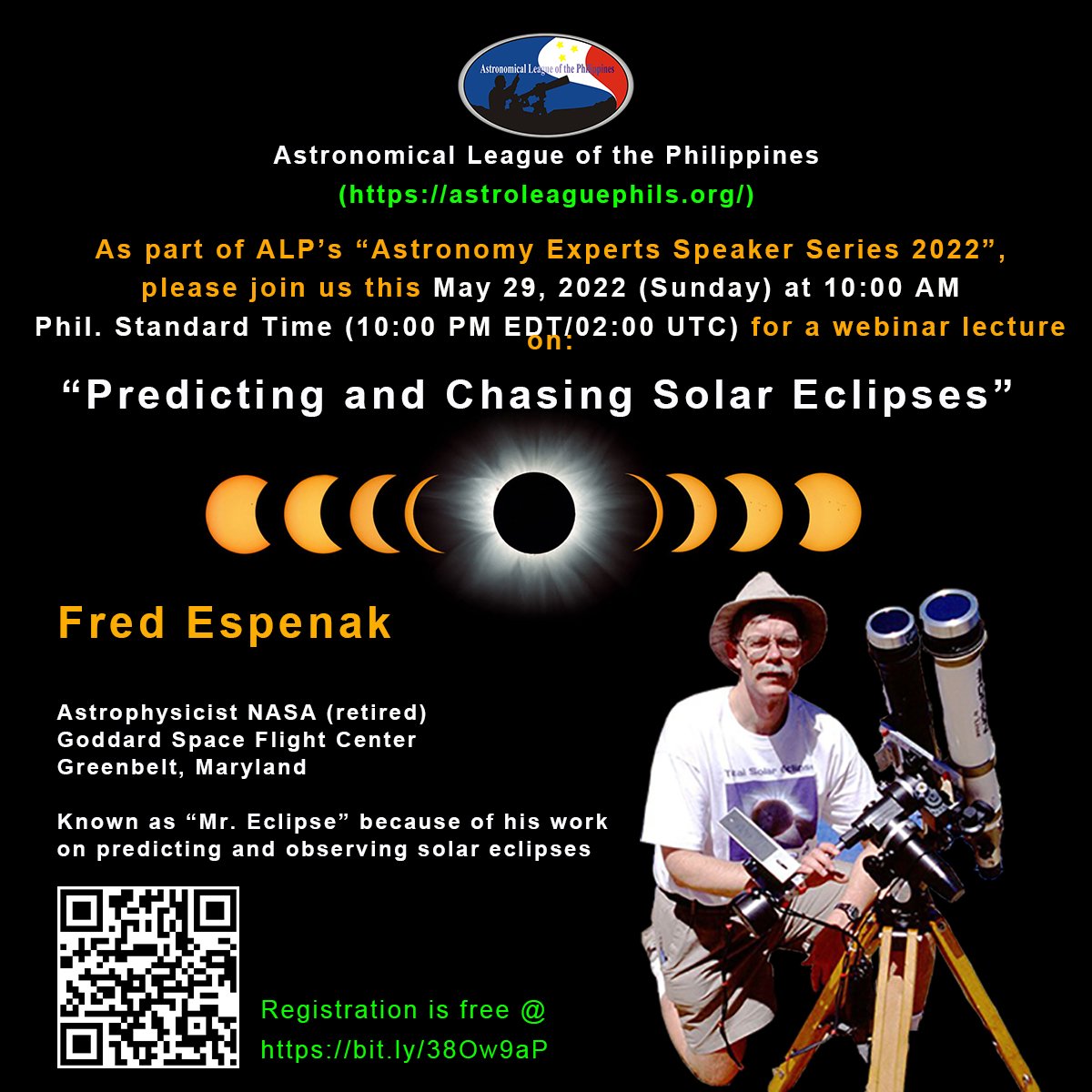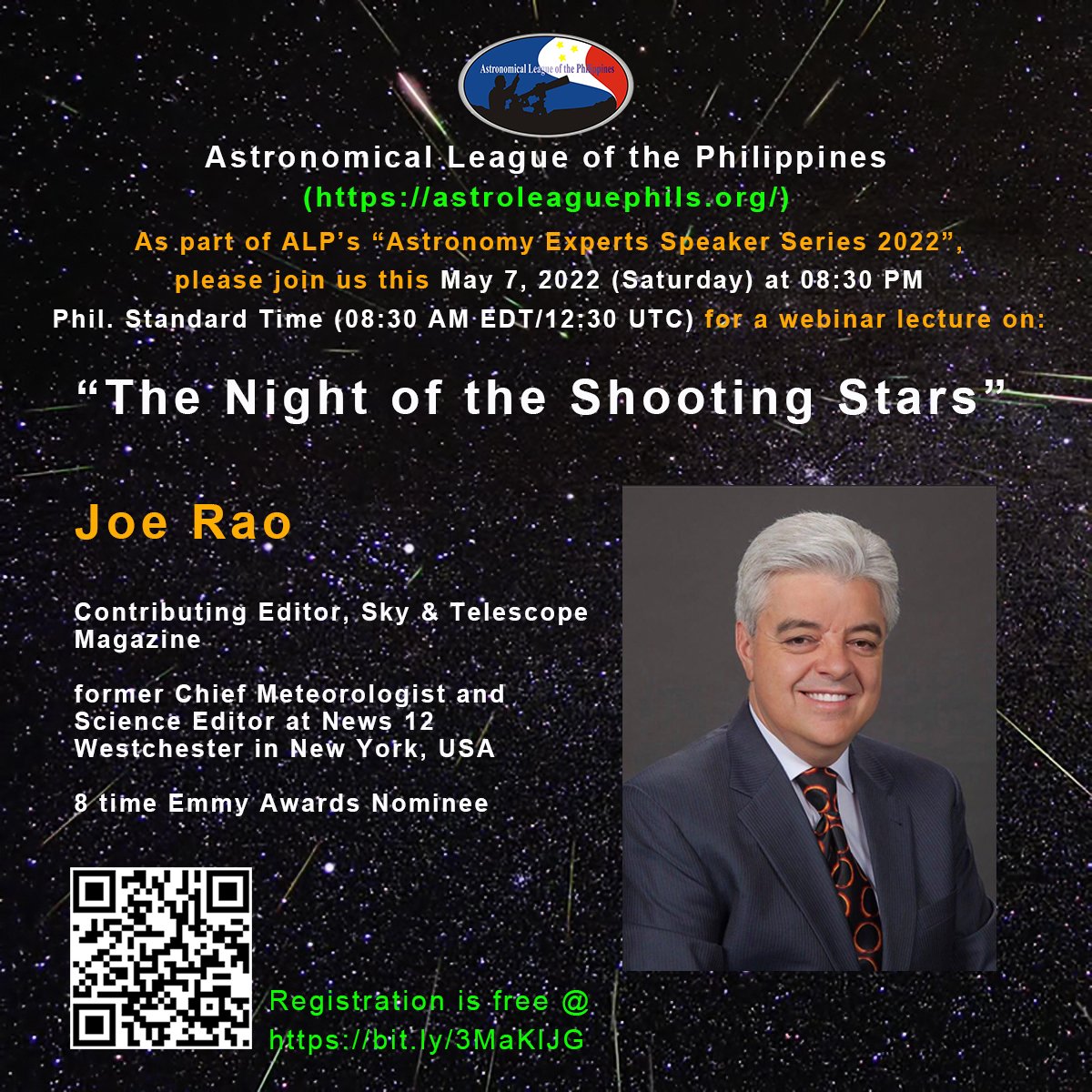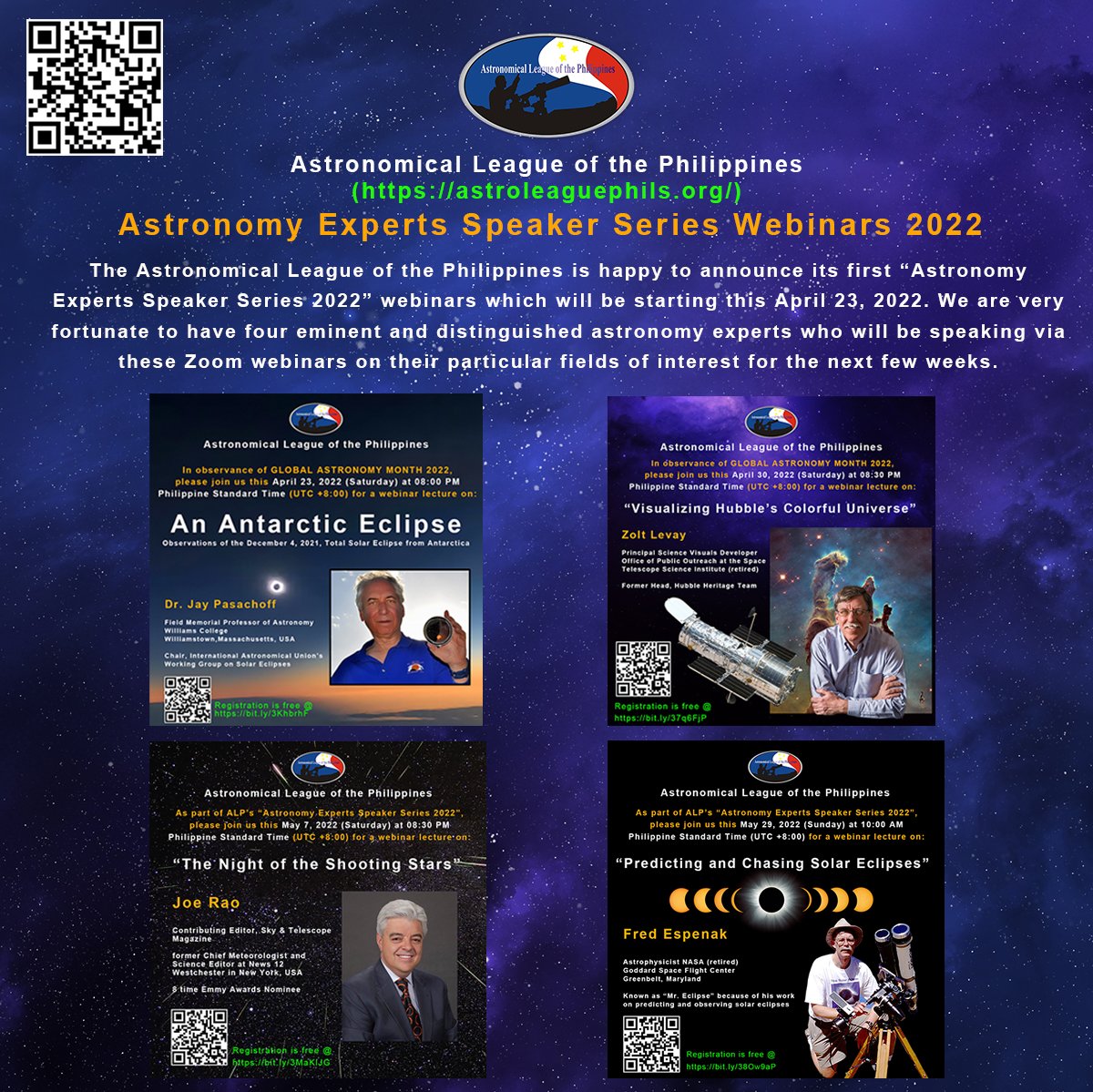
Webinars
July 31, 2022 ALP Astro Expert Series Webinar 2022 with Ken Crawford
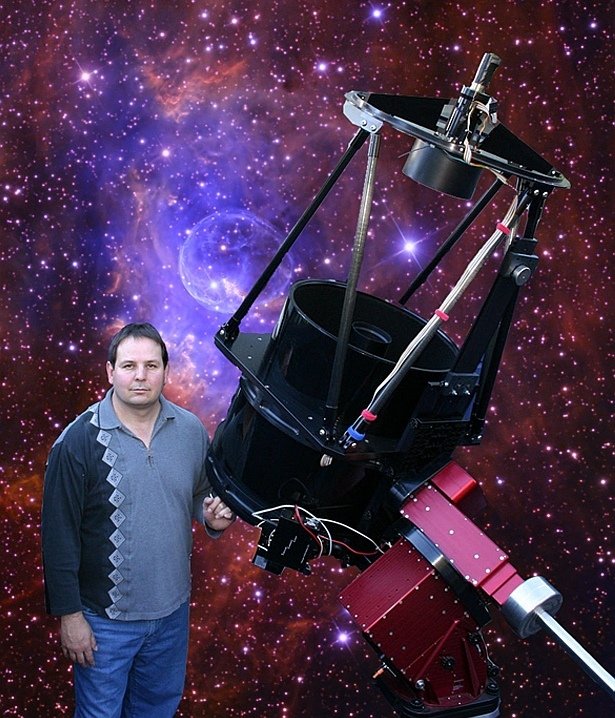
“Going Deep for Science from My Backyard!” by Ken Crawford, July 31, 2022, 10:00 AM Philippine Standard Time
The Astronomical League of the Philippines is inviting you to attend the free webinar lecture entitled “Going Deep for Science from My Backyard!” by the noted astrophotographer, Ken Crawford, on July 31, 2022, Sunday morning at 10:00 AM Philippine Standard Time. (02:00 UTC/10:00 PM EDT, July 30, Saturday)
World-class astrophotographer Ken Crawford has been observing the night sky since 8th grade. In 2002, he built his Rancho Del Sol Observatory at a dark-sky site in Northern California and started taking images of the deep sky. In 2004, Crawford co-founded The Advanced Imaging Conference, Inc. and served as its president from 2007 to 2014.
Crawford’s images have been featured in numerous magazines, books, websites, movies, and public exhibits. To date, his images have been featured 40 times in NASA’s “Astronomy Picture of the Day.”
Abstract: Amateur astrophotographers are not only producing amazing wide-field and high-resolution images of celestial objects, but some are also pushing the limits and going deep for science. As access to professional telescopes is limited, more professional astronomers are using data produced by amateurs with modest imaging systems at dark-sky sites. This is my personal journey in the pursuit of capturing high-resolution deep-sky objects for “pretty pictures,” and ending up contributing to extended red emissions and the detection of star streams. These rivers of stars help add to the hierarchical framework for galaxy formation, minor merging and tidal interactions through Professional-Amateur (Pro-Am) collaborations.
June 18, 2022 ALP Astro Expert Series Webinar 2022 with Robert Reeves

Title: “Observing and Understanding the Moon”
Speaker : Robert Reeves
Robert Reeves has been exploring the Moon since 1958 and took his first lunar photograph in 1959. He began telescopic astronomy with a four-inch Criterion Dynascope, his Christmas present in 1960. In 1975, he acquired a Celestron C8 telescope, which he still uses today. In 1977, he acquired a Celestron 8-inch Schmidt camera that he used for a quarter century for deep-sky photography. Today, Robert uses a Celestron C11 EdgeHD and a Sky-Watcher 180-mm. Maksutov for lunar photography from his Perspective Observatory located in central Texas. He also uses a Sky-Watcher 20-inch Stargate telescope for visual observing and a Celestron C14 with HyperStar for deep-sky photography.
In 1984, Robert began publishing articles about astrophotography in Astronomy magazine. Since then, he has published more than 250 magazine articles and 200 newspaper columns about astronomy. His articles have appeared in Sky & Telescope, Astronomy, Deep Sky, Deep Sky Journal, Amateur Astronomy, and The Astrograph.
In 1994, Robert published his first book, The Superpower Space Race, followed by The Conquest of Space, co-authored with Fritz Bronner. In 2000, he published Wide-Field Astrophotography, followed by Introduction to Digital Astrophophotography in 2005 and Introduction to Webcam Astrophotography in 2006. Robert’s latest book, about the Moon, is under editorial review.
Although Robert is an accomplished deep-sky astrophotographer, his current passion is re-popularizing the Moon within the amateur astronomy community by explaining the origin of the Moon, the evolution of its face, and introducing its geology to Moon lovers everywhere. He has perfected image-processing techniques that allow an amateur astronomer, using modest equipment, to exceed the quality of Earth-based professional lunar photographs taken during the Apollo era.
Robert enjoys speaking at astronomy conventions and spreading his passion for the Moon. His recent activities include a five-city speaking tour in China, where he was the first Westerner to address the Chinese astronomy community about the Moon. Robert also represents the Celestron telescope company at national astronomical conventions.
Asteroid 26591 Robertreeves is named in his honor, and asteroid 26592 Maryrenfro bears his wife’s name. Robert and Mary Reeves are the only husband and wife team to have sequentially numbered asteroids.
Abstract:
Robert Reeves will cover the basics of how the face of the Moon evolved, what the different types of lunar features are, and how they are related to each other.
May 29, 2022 ALP Astronomy Expert Speaker Series 2022 with Fred Espenak

May 29, 2022, 10:00 Philippine Standard Time (02:00 UTC)
May 7, 2022 ALP Astronomy Experts Speaker Series 2022 with Joe Rao
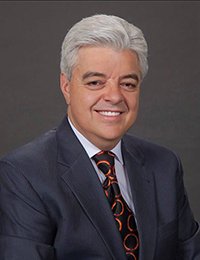
April 30, 2022 ALP GAM 2022 Astronomy Expert Speaker Series – Zolt Levay
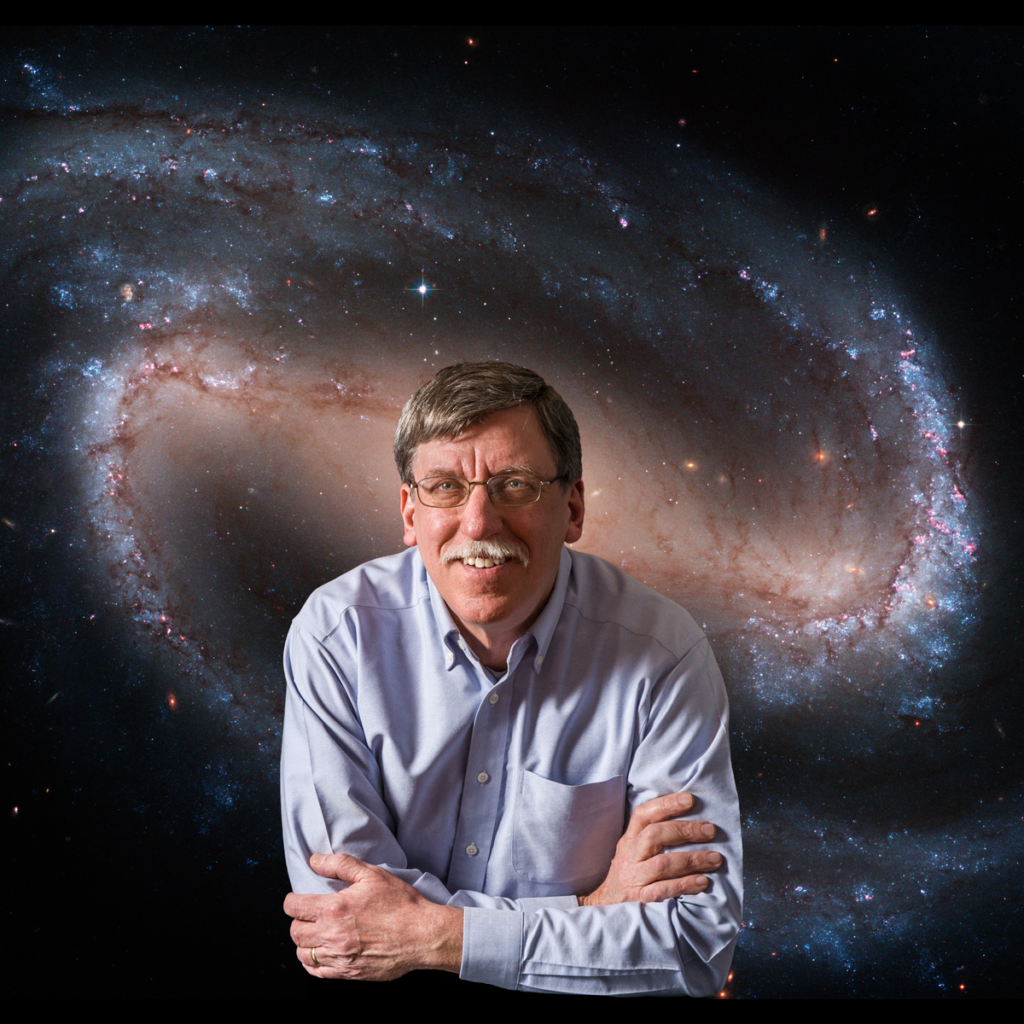
Our next esteemed speaker will be Zolt Levay who will give his talk on the topic “Visualizing Hubble’s Colorful Universe”
on Saturday, April 30, 2022, 20:30 Philippine Standard Time (12:30 UTC).
Zolt Levay is a retired Principal Science Visuals Developer in the Office of Public Outreach at the Space Telescope Science Institute (STSci) in Baltimore, Maryland, USA. He produced images and other visuals from data provided by the Hubble Space Telescope to publicize science results from Hubble and other observatories.
He continued this effort in planning for the upcoming James Webb Space Telescope. He also led the Hubble Heritage Team, an STScI project that showcased the visually finest images from Hubble
His work has resulted in some of Hubble’s — and astronomy’s — most iconic images, including the “Bubble Nebula” (NGC 7635), the Carina Nebula mosaic, and the return to the Eagle Nebula’s “Pillars of Creation” in 2015, as well as the Hubble Deep Field.
Zolt became interested in astronomy and photography at an early age and earned a bachelor’s degree in astrophysics at Indiana University, Bloomington, and a master’s degree in astronomy at Case Western Reserve University in Cleveland, Ohio. He worked with several space science missions at NASA’s Goddard Space Flight Center in Greenbelt, Maryland, before joining the Space Telescope Science Institute in 1983.
NASA’s Hubble Space Telescope (HST) has been exploring the cosmos for more than 30 years. In that time, it has revolutionized astronomy and has enabled us to reimagine the universe through a wealth of dramatic views of space in unprecedented detail. Zolt Levay will discuss what makes Hubble such a powerful instrument, describe some of the most significant science results and spectacular images, and show how its science data can be translated into colorful pictures. He will explore what has made these images so compelling yet not so different from photographs of dramatic Earthbound landscapes, showing us that nature extends to the most distant reaches of the universe.
Link to his lecture can be viewed at Astronomical League of the Philippines – Official You Tube channel
ALP Astro Webinar Series 2022
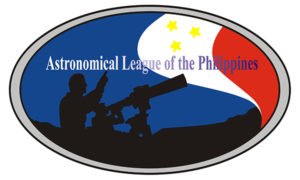
April 23, 2022 ALP GAM Astro Webinar with Dr. Jay Pasachoff
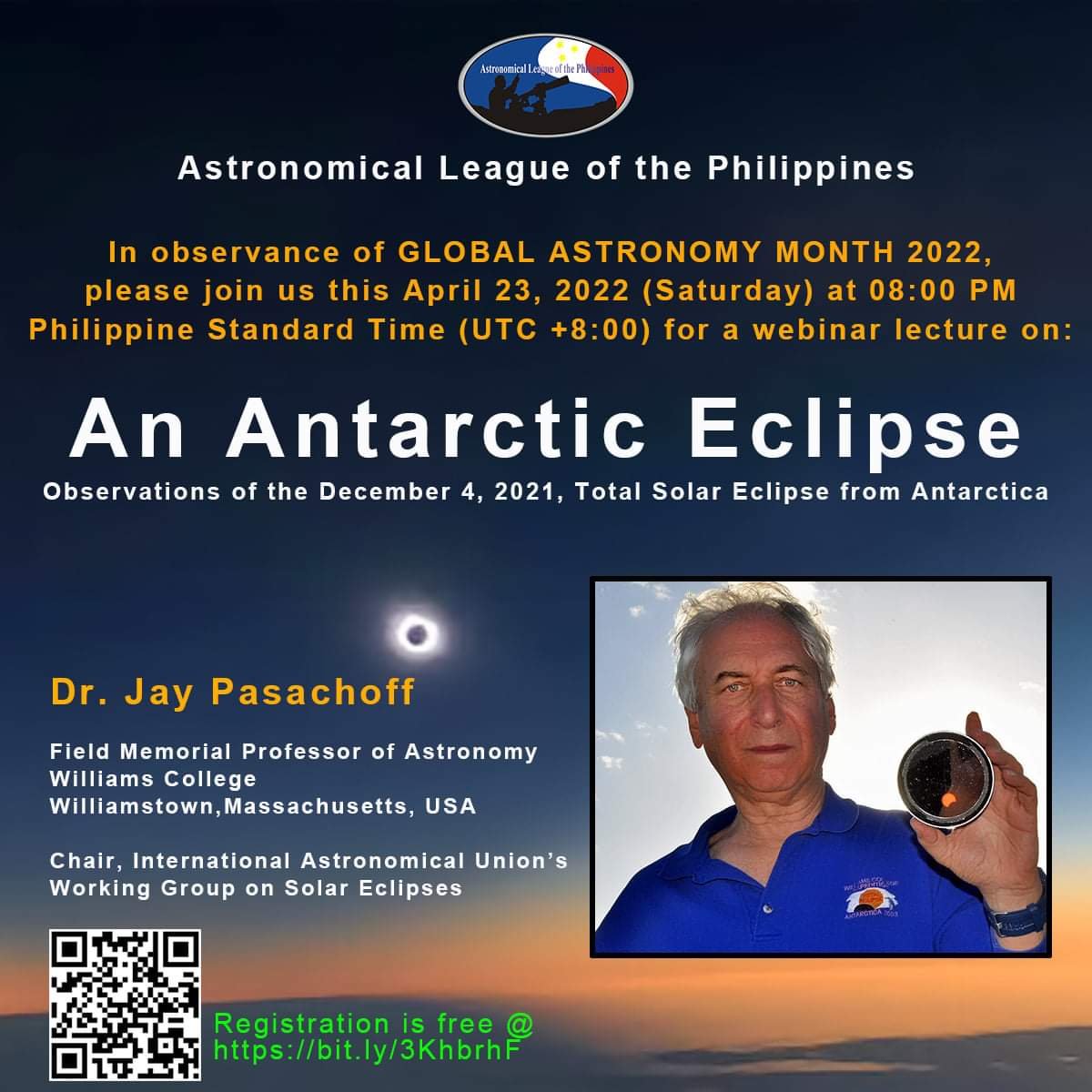
In observance of Global Astronomy Month 2022, the Astronomical League of the Philippines is inviting you to join us this April 23, 2022 (Saturday) at 8:00 PM Philippine Standard Time (UTC + 8:00) for a webinar lecture by Dr. Jay Pasachoff who will talk on “An Antarctic Eclipse: Observations of the December 4, 2021, Total Solar Eclipse from Antarctica”. Dr. Pasachoff is the Field Memorial Professor of Astronomy at Williams College in Williamstown, Massachusetts, USA, and Chair of the International Astronomical Union’s Working Group on Solar Eclipses.
#alp2003 #alpastrowebinar2022 #gam2022
Dr. Jay Pasachoff is the Field Memorial Professor of Astronomy at Williams College in Williamstown, Massachusetts, USA, and Chair of the International Astronomical Union’s Working Group on Solar Eclipses.
A renowned expert on the solar corona and chromosphere, Jay’s research has been sponsored by the National Science Foundation, NASA, and the National Geographic Society. He has led 74 solar eclipse expeditions all over the world (of which 36 are total eclipses) and has published 15 books about the Sun and astronomy, as well as numerous textbooks and articles.
Dr. Jay Pasachoff led the Williams College Eclipse Expedition to observe the December 4, 2021, total solar eclipse from the air, aboard a chartered commercial jetliner, intercepting the Moon’s shadow at 39,000 feet (11,887 meters) near the coast of Antarctica. The eclipsed Sun was visible only 4 degrees above the horizon, with totality lasting 1 minute, 52 seconds.
A second expedition team from Williams College observed the eclipse from the ground, on Antarctica’s Union Glacier.
The goal of the research was to understand how the Sun’s corona is heated to a million degrees, even though the visible surface of the Sun is only about 6,000 degrees Celsius. Somehow, energy is being injected with the help of the Sun’s magnetic field into the corona.

